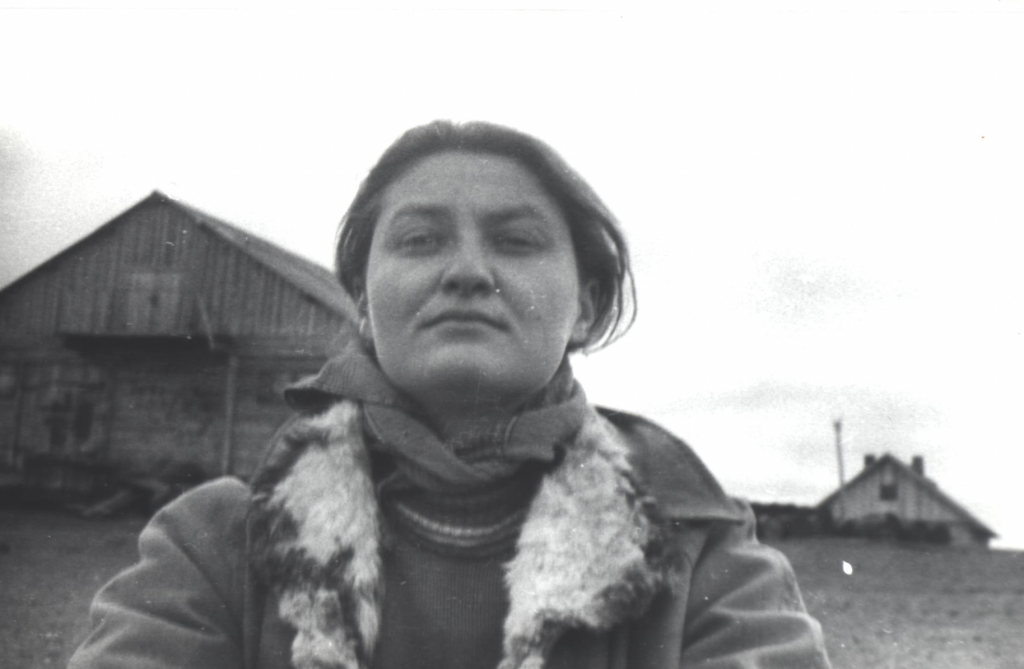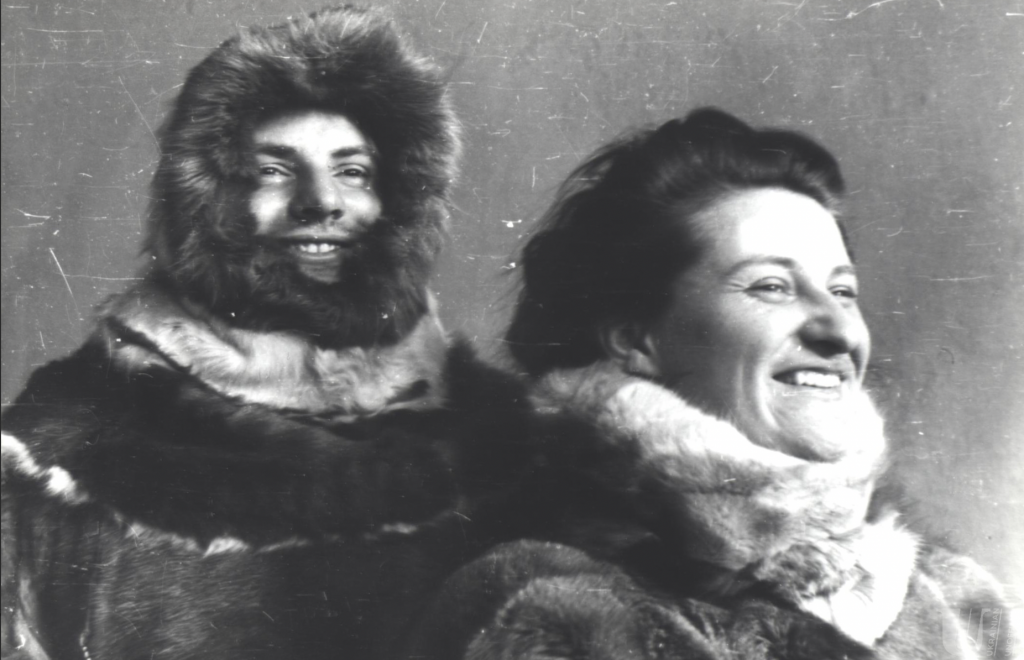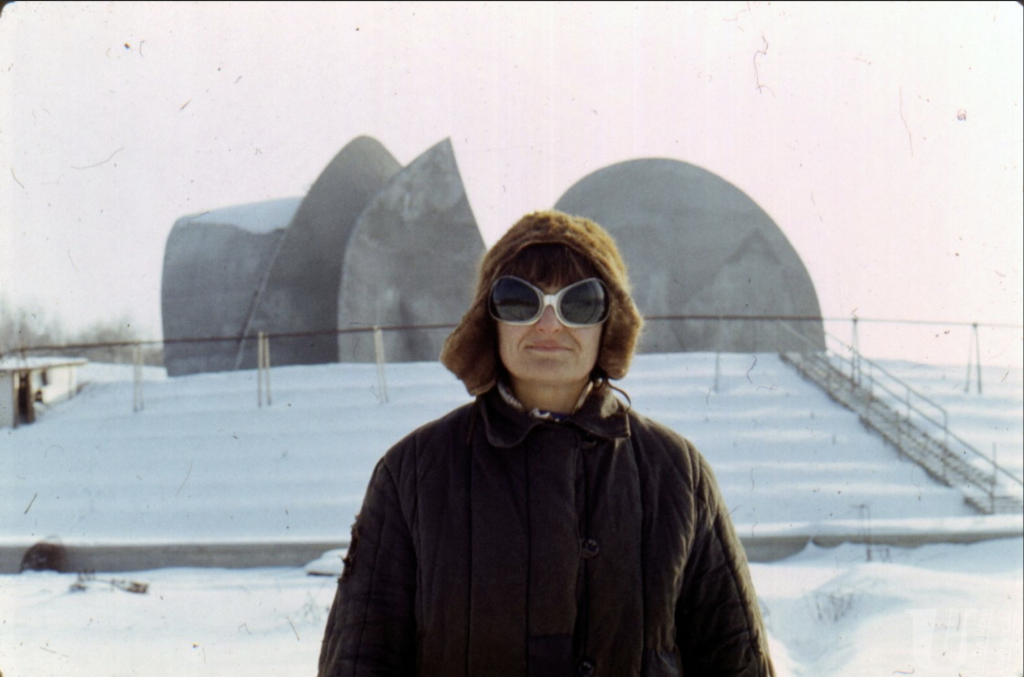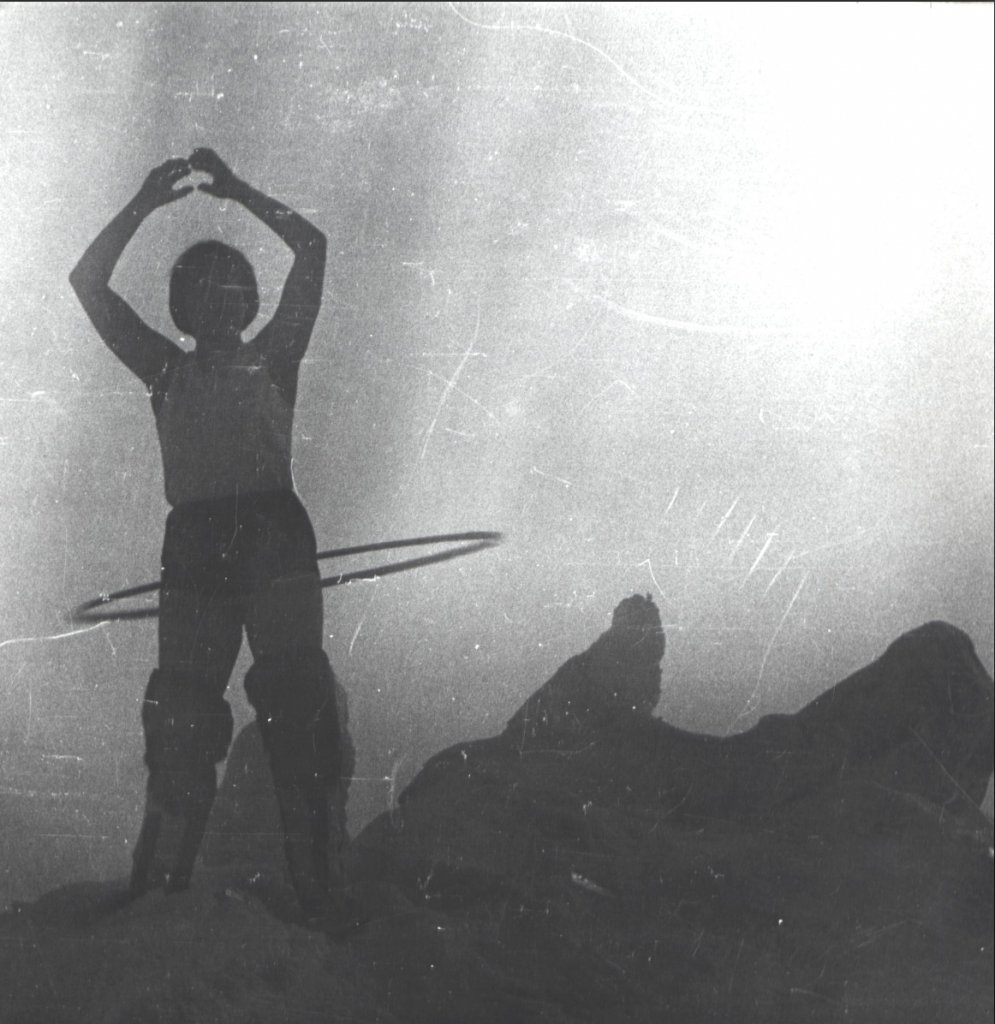In the Eye of the Storm: Modernism in Ukraine, 1900-1930s
The Royal Museum of Fine Arts of Belgium in Brussels is currently hosting an exhibition titled In the Eye of the Storm: Modernism in Ukraine,...
Tommy Thiange 2 November 2023
Ada Rybachuk showcased the Arctic Circle to the rest of the world through her art. Rybachuk was a Ukrainian artist who spent years in the Arctic, living among the Nenets people and capturing their way of life. Her monotype prints of Arctic scenes and portraits of locals are particularly noteworthy as her work has played an essential role in establishing the Nenets Local Lore Museum, which helps to keep the local traditions and heritage alive for future generations to appreciate. Rybachuk’s dedication to life among the Nenets people and depiction of their daily life is not only admirable but also it is a great example of how art can help preserve culture and traditions.

Volodymyr Melnychenko, Ada Rybachuk, 1957, Kara (Ust-Kara) village, Nenets National District, Russia. Archive UU.
Ada Rybachuk was born in Kyiv in 1931. Her father was in the Soviet army so for a time Rybachuk’s family lived in Kazakhstan, having been forced to flee Ukraine. Already interested in becoming an artist, Rybachuk returned to Kyiv and attended the Taras Shevchenko Art High School. She continued her studies at the Kyiv State Art Institute and quickly became a part of the local creative scene, participating in group shows and receiving commissions for illustration work.

Ada Rybachuk and Volodymyr Melnychenko shortly after finishing their studies, 1957, Kyiv, Ukraine. Archive UU.
In 1954, Rybachuk went to the North for the first time. Her husband Volodymyr Melnychenko (who was also an artist) came with her. It was the first of several extended trips the couple would take over the next decade. They lived among the local Nenets people in Naryan-Mar and Kolguyev Island, learning about their culture and way of life. The two artists sketched the local people and environment. The work created during their trips became the basis of a thesis for their Kyiv State Art Institute diplomas.

Ada Rybachuk, Chase, 1956, National Art Museum of Ukraine, Kyiv, Ukraine. UU Archive.
Rybachuk portrayed the North in a variety of mediums: from tempura to collage to sculpture. But today she is most well-known for her monotype prints depicting Arctic life. She also illustrated books of stories, working with the help of children at the local school where she taught art classes.
Rybachuk and Melnychenko’s work was groundbreaking in its commitment to showing the specificity of daily life in the North. They made a lasting impact in the Arctic and among the Nenets people. The two artists even gifted the town of Naryan-Mar a large cache of works that helped establish the Nenets Local Lore Museum.
One of Rybachuk’s most successful projects completed in the North was a series of portraits. Dynamic and idiosyncratic, each is a testament to the attention Rybachuk paid to the people she met during her time in Naryan-Mar and Kolguyev Island.

Ada Rybachuk, 1976, Kyiv, Ukraine. UU Archive.
Back in Kyiv, Rybachuk continued to work using a variety of mediums and often confronted the social issues of her time. Melnychenko remained her constant collaborator. Together the artists begin a commission called the Park of Memory.
The modernist project included a crematorium and the Wall of Memory, with several monumental sculptures paying homage to major tragedies of human history. In the early 1980s, USSR authorities ordered the destruction of the works—an extreme act of artistic censorship.

Ada Rybachuk on Kolguyev Island, 1963. Photograph by Volodymyr Melnychenko via UU Archive.
Rybachuk died in 2010 and is buried next to the Park of Memory in Baikove Cemetery. Her work celebrated new ways of living and understanding, and sought to reveal universality through art, whether in Kyiv or on the White Sea.
DailyArt Magazine needs your support. Every contribution, however big or small, is very valuable for our future. Thanks to it, we will be able to sustain and grow the Magazine. Thank you for your help!